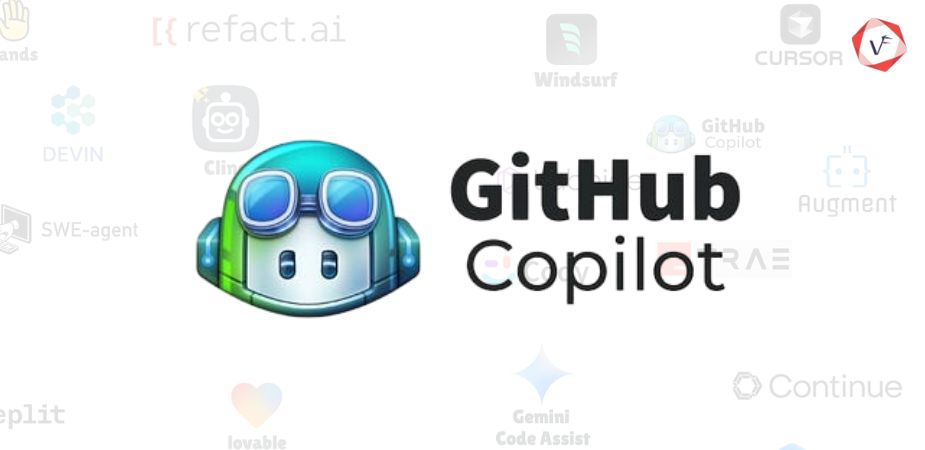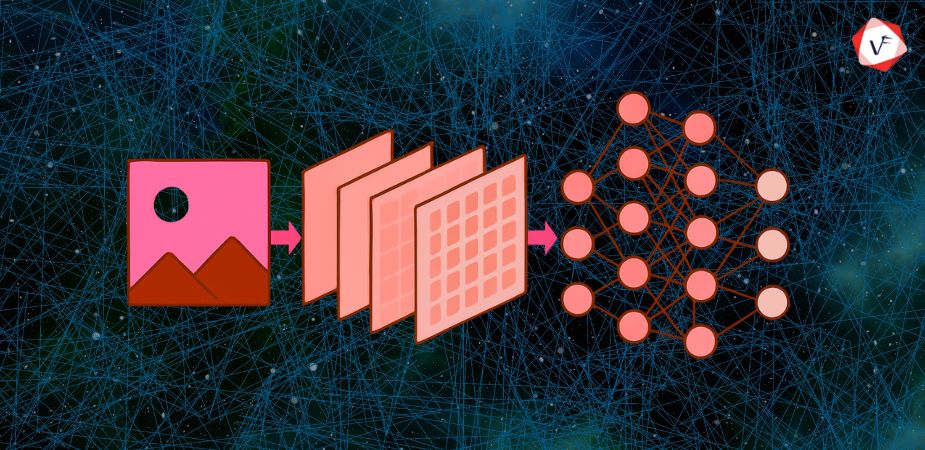- March 17, 2025 1:59 pm
- by Safvana
- March 17, 2025 1:59 pm
- by Ajanth

From virtual assistants like Siri to recommendation systems on Netflix, AI is powering a wide range of applications. If you're looking to build an AI app, one of the first steps is choosing the right programming language. In this blog, we’ll walk you through the top programming languages for AI development and explain why each of them is a great choice.
Why Python for AI? Python is the most popular language for AI development, and it’s easy to see why. It’s simple, readable, and has a large collection of libraries that make building AI models much easier. Python’s syntax is clean, which makes it a great language for beginners and experts alike.
Python’s strong support for AI development comes from libraries like:
These libraries provide the tools needed to handle everything from data preprocessing to training complex neural networks.
Advantages of Python:
Disadvantages of Python:
Why Java for AI? Java has been around for decades and is known for its stability and scalability. While it may not be as beginner-friendly as Python, it’s a great choice for building large-scale AI applications. Java is especially strong in areas like natural language processing (NLP) and machine learning.
Java’s platform independence (the ability to run on any device with a Java Virtual Machine) makes it a popular choice for enterprise-level AI solutions.
Advantages of Java:
Disadvantages of Java:
Why R for AI? R is a language designed for statistical computing and data analysis. If your AI project involves heavy data analysis or statistical modeling, R is a great choice. It’s widely used by statisticians and data scientists, making it perfect for AI applications focused on data mining and pattern recognition.
R also has a rich ecosystem of packages like:
Advantages of R:
Disadvantages of R:
<br>Why C++ for AI? C++ is known for its speed and efficiency, making it a great choice for AI applications that require high-performance computing. AI algorithms can be resource-intensive, especially when dealing with large datasets or real-time applications. This is where C++ shines. It allows developers to fine-tune algorithms to run faster and more efficiently.
C++ is often used in AI applications for:
Advantages of C++:
Disadvantages of C++:
<br>Why Julia for AI? Julia is a relatively new language that’s gaining popularity in the AI community. It was designed for high-performance numerical and scientific computing, making it perfect for AI and machine learning tasks. Julia offers a good balance between ease of use (like Python) and speed (like C++).
Julia has strong support for:
Advantages of Julia:
Disadvantages of Julia:
<br>Why JavaScript for AI? JavaScript is traditionally known for web development, but with the rise of TensorFlow.js, you can now build AI models that run directly in the browser. This makes JavaScript a great choice if you want to build AI-powered web applications.
JavaScript is also good for AI applications that need to be accessible on various devices without requiring installation. Its real-time execution in the browser opens up opportunities for interactive AI applications like:
Advantages of JavaScript:
Disadvantages of JavaScript:
<br>Why Scala for AI? Scala is a language that runs on the Java Virtual Machine (JVM) and is known for being highly scalable and efficient. It’s especially useful for big data processing and AI projects that need to handle large datasets.
One of the main reasons Scala is popular in AI development is its integration with Apache Spark, a powerful big data processing engine. Scala makes it easy to work with distributed computing and machine learning at scale.
Advantages of Scala:
Disadvantages of Scala:
<br>When it comes to building AI apps, there’s no one-size-fits-all programming language. The best choice depends on your specific needs, project goals, and personal preferences.
No matter which language you choose, there are plenty of resources and communities available to help you along the way. The world of AI development is constantly evolving, so it’s important to keep learning and experimenting with different languages and tools.
Guaranteed Response within One Business Day!

Custom Software Development: When to Build vs Buy
Code Review Best Practices That Actually Work in 2025

GitHub Copilot vs Other AI Coding Assistants

Sustainable Software Development Practices

What is a Convolutional Neural Network (CNN)?